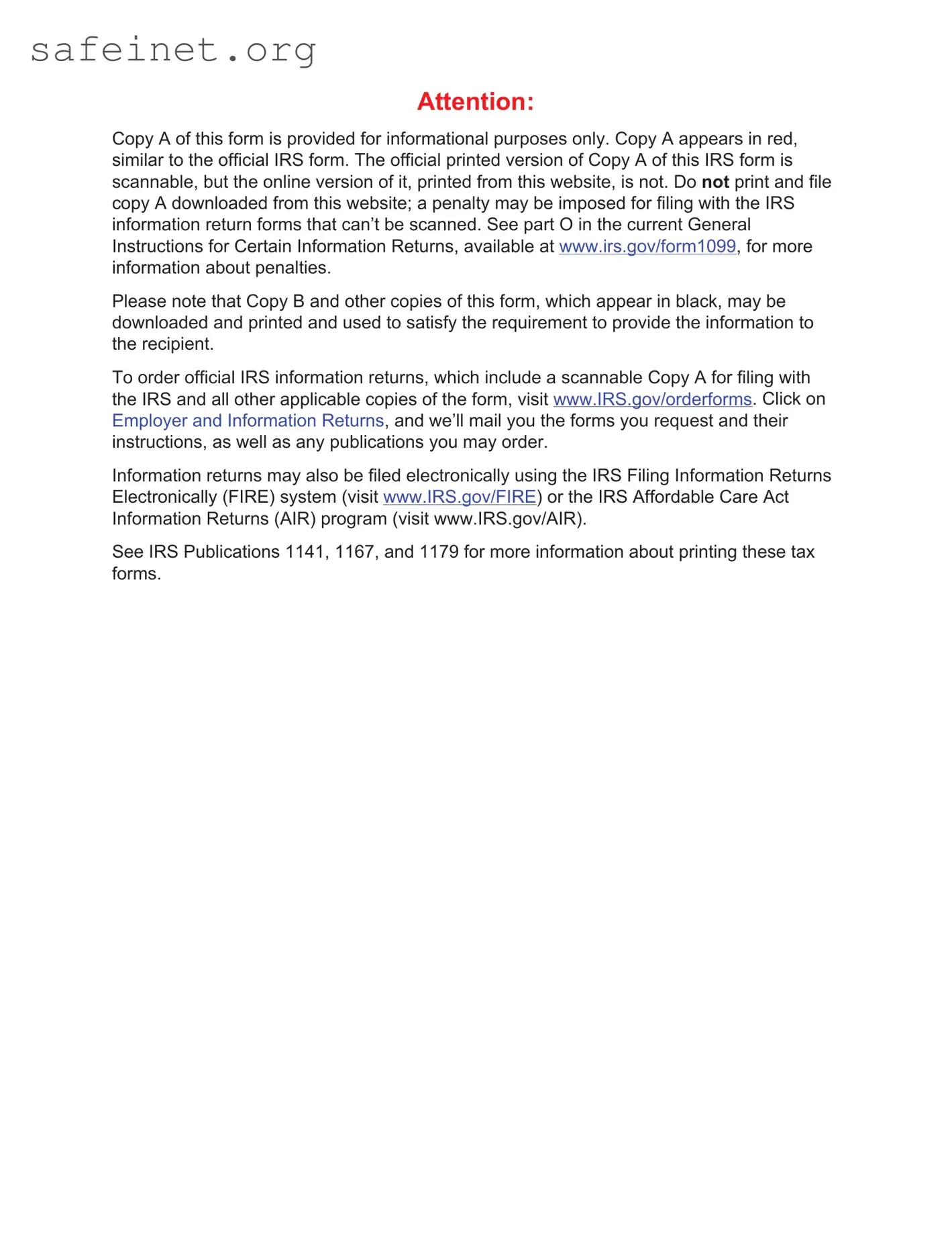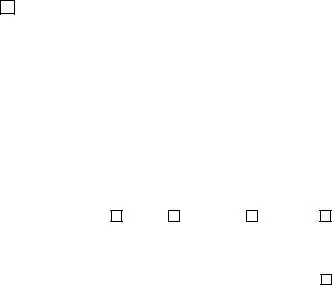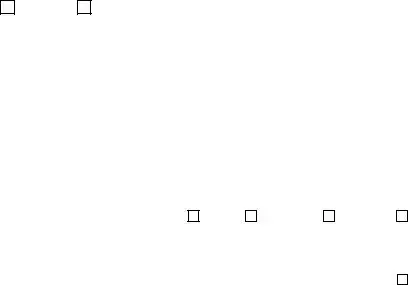Instructions for Participant
The information on Form 5498 is submitted to the IRS by the trustee or issuer of your individual retirement arrangement (IRA) to report contributions, including any catch-up contributions, required minimum distributions (RMDs), and the fair market value (FMV) of the account. For information about IRAs, see Pubs. 590-A, 590-B, and 560.
Participant’s taxpayer identification number (TIN). For your protection, this form may show only the last four digits of your TIN (SSN, ITIN, ATIN, or EIN). However, the trustee or issuer has reported your complete TIN to the IRS.
Account number. May show an account or other unique number the trustee or issuer assigned to distinguish your account.
Box 1. Shows traditional IRA contributions for 2020 you made in 2020 and through April 15, 2021. These contributions may be deductible on your Form 1040 or 1040-SR. However, if you or your spouse was an active participant in an employer’s pension plan, these contributions may not be deductible. This box does not include amounts in boxes 2–4, 8–10, 13a, and 14a.
Box 2. Shows any rollover, including a direct rollover to a traditional IRA or Roth IRA, or a qualified rollover contribution (including a military death gratuity or SGLI payment) to a Roth IRA you made in 2020. It does not show any amounts you converted from your traditional IRA, SEP IRA, or SIMPLE IRA to a Roth IRA. They are shown in box 3. It does not show any late rollover contributions. They are shown in box 13a. See the Form 1040 or 1040-SR instructions for information on how to report rollovers. If you have ever made any nondeductible contributions to your traditional IRA or SEP IRA and you did not roll over the total distribution, use Form 8606 to figure the taxable amount. If property was rolled over, see Pub. 590-A. For a qualified rollover to a Roth IRA, also see Pub. 590-A.
Box 3. Shows the amount converted from a traditional IRA, SEP IRA, or SIMPLE IRA to a Roth IRA in 2020. Use Form 8606 to figure the taxable amount.
Box 4. Shows amounts recharacterized from transferring any part of the contribution (plus earnings) from one type of IRA to another. See Pub. 590-A.
Box 5. Shows the FMV of all investments in your account at year end. However, if a decedent’s name is shown, the amount reported may be the FMV on the date of death. If the FMV shown is zero for a decedent, the executor or administrator of the estate may request a date-of-death value from the financial institution.
Box 6. Shows for endowment contracts only the amount allocable to the cost of life insurance. Subtract this amount from your allowable IRA contribution included in box 1 to compute your IRA deduction.
Box 7. May show the kind of IRA reported on this Form 5498.
Boxes 8 and 9. Show SEP (box 8) and SIMPLE (box 9) contributions made in 2020, including contributions made in 2020 for 2019, but not including contributions made in 2021 for 2020. If made by your employer, do not deduct on your income tax return. If you made the contributions as a self-employed person (or partner), they may be deductible. See Pub. 560.
Box 10. Shows Roth IRA contributions you made in 2020 and through April 15, 2021. Do not deduct on your income tax return.
Box 11. If the box is checked, you must take an RMD for 2021. An RMD may be required even if the box is not checked. If you do not take the RMD for 2021, you are subject to a 50% excise tax on the amount not distributed. See Pub. 590-B for details.
Box 12a. Shows the date by which the RMD amount in box 12b must be distributed to avoid the 50% excise tax on the undistributed amount for 2021.
Box 12b. Shows the amount of the RMD for 2021. If box 11 is checked and there is no amount in this box, the trustee or issuer must provide you the amount or offer to calculate the amount in a separate statement by February 1, 2021.
Box 13a. Shows the amount of a late rollover contribution (more than 60 days after distribution) made in 2020 and certified by the participant, or a postponed contribution made in 2020 for a prior year. This amount is not reported in box 1 or 2.
Box 13b. Shows the year to which the postponed contribution in box 13a was credited. If a late rollover contribution is shown in box 13a, this box will be blank.
Box 13c. For participants who made a postponed contribution due to an extension of the contribution due date because of a federally designated disaster, shows the code FD.
For participants who served in designated combat zones, qualified hazardous duty areas, or direct support areas, shows the appropriate code. The codes are: EO13239 for Afghanistan and associated direct support areas, EO12744 for the Arabian Peninsula areas, PL115-97 for the Sinai Peninsula of Egypt, and EO13119 (or PL106-21) for the Yugoslavia operations areas. For additional information, including a list of locations within the
designated combat zones, qualified hazardous duty areas, and direct support areas, see Pub. 3. For updates to the list of locations, go to www.irs.gov/Newsroom/Combat-Zones.
For a participant who makes a rollover of a qualified plan loan offset, shows the code PO.
For a participant who has used the self-certification procedure for a late rollover contribution, shows the code SC.
Box 14a. Shows the amount of any repayment of a qualified reservist distribution, a qualified disaster distribution, or a qualified birth or adoption distribution. See Pub.
590-A for reporting repayments.
Box 14b. Shows the code QR for the repayment of a qualified reservist distribution, code DD for repayment of a qualified disaster distribution, or code BA for repayment of a qualified birth or adoption distribution.
Box 15a. Shows the FMV of the investments in the IRA that are specified in the categories identified in box 15b.
Box 15b. The following codes show the type(s) of investments held in your account for which the FMV is required to be reported in box 15a.
A—Stock or other ownership interest in a corporation that is not readily tradable on an established securities market.
B—Short- or long-term debt obligation that is not traded on an established securities market.
C—Ownership interest in a limited liability company or similar entity (unless the interest is traded on an established securities market).
D—Real estate.
E—Ownership interest in a partnership, trust, or similar entity (unless the interest is traded on an established securities market).
F—Option contract or similar product that is not offered for trade on an established option exchange.
G—Other asset that does not have a readily available FMV.
H—More than two types of assets (listed in A through G) are held in this IRA.



